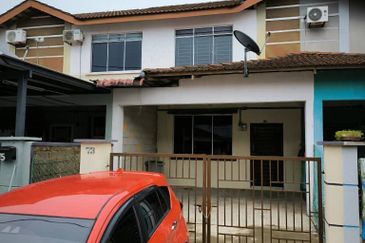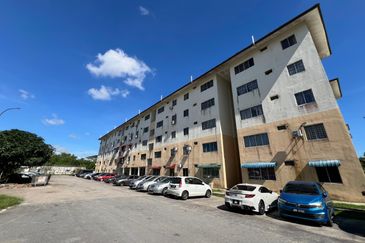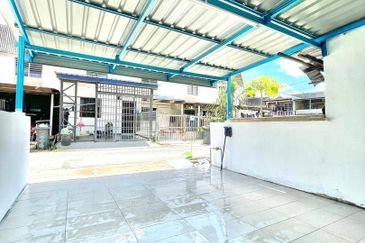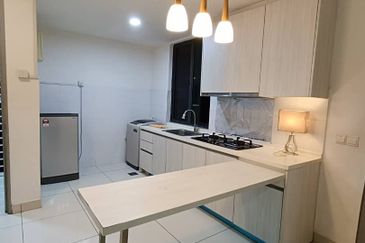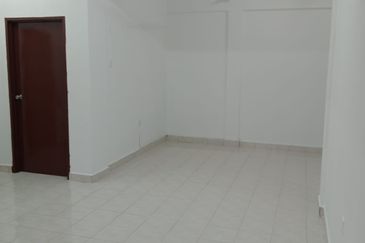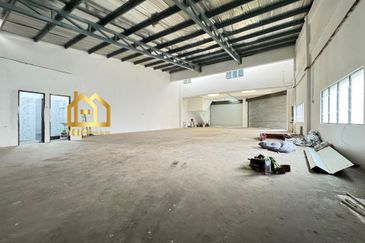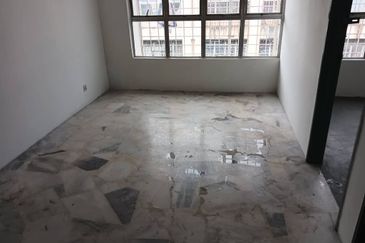
IT is safe to say that private developers have been subdued post-Budget 2017. Industry players, investors and homebuyers had been looking forward to some goodies, particularly initiatives that would increase liquidity such as the easing of lending regulations and a bigger Employees Provident Fund Account 2 allocation. Instead, the thrust of the budget is to address the needs of those in the bottom 40% income group, specifically affordable housing.
While there have always been social housing elements in almost every budget, one should note that there has been a stronger push in this area since 2011, when the government introduced schemes to promote home-ownership (My First Home Scheme and Perumahan Rakyat 1Malaysia).
However, it raises the question of whether private developers will see any incentives in the coming years.
Looking back
Let’s take a look at past events to understand the evolution of the country’s housing policy. After the 2008/09 global financial crisis, Malaysia has been steadily introducing tightening measures (2010 to 2014), starting with the first Real Property Gain Tax (RPGT) hike of 5% (effective January 2010). In the following years, there were more RPGT hikes as well as other measures such as the loan-to-value cap of 70% on the third and subsequent housing loans, transparency in house prices for loan assessments and cessation of developer interest bearing schemes.
Bank Negara Malaysia also changed the mortgage assessment method from gross to net pay and reduced the maximum tenure for property loans from 45 years to 35 years.
Nevertheless, during this period, the market saw one of the highest transaction growth rates, and banks were in an aggressive growth mode, given the low loan-deposit ratio and manageable household debts (which were more than sufficient to counter the cooling measures). Property demand was fuelled by purchases by first-time homebuyers.
Prior to this, after the 1997/98 Asian financial crisis and the 2000/02 dotcom bust, the biggest stimulus for the property sector was introduced in 2006 — the Foreign Investment Committee’s approval was waived for properties priced more than RM250,000. Full waiver of RPGT was given the following year.
In the 10 years from 1997 to 2006, the transacted value of residential properties grew at a compound annual growth rate of only 3.4% (2006 to 2015: 10.7%).
According to the recently released House Price Index, prices grew 5.3% in 2Q2016, compared with the 10-year average of 7%. This growth rate is deemed strong, considering that it averaged only 3.5% in the 1999-2006 period (latest available historical data).
In Bank Negara’s 2015 annual report, it provided rental market statistics (which were not available in its earlier annual reports) and a recent Bank Negara workshop was told that finding alternatives to home-ownership, including a well-functioning rental market, is crucial. It appears that the central bank has taken the stance that while the promotion of home-ownership is good, it is more important that buyers do not take on unsustainable levels of debt in doing so.
Branding and innovation
In view of the latest developments, including the aggressive social housing policy adopted by the government, developers will have to come up with more innovative ways to meet their sales targets. In this respect, those with strong branding and deep pockets will likely gain market share at the expense of smaller-sized or niche developers.
Buyers who are financially sound may find a lot of bargains now, but one should expect to hold on to the property for more than five years.
Interestingly, the existing policies have steered the industry towards increasing the supply of “affordable” homes. In the last 18 months, developers have ramped up the building of such homes in their bid to achieve their sales targets — the majority of products in the pipeline are priced below RM1 million (in fact, many developers are focusing on building homes priced below RM600,000). However, these projects are located beyond a 20km radius of Kuala Lumpur city centre.
Catering for the affordable housing market, however, does come at a cost for the developers as they have to sacrifice prized land and squeeze margins. They are forced to seek land further away from the city centre, in less developed areas like the southern part of the Klang Valley or even the Greater Klang Valley.
Even so, it may not be commercially viable to build homes priced at RM300,000 and below in key urban areas like the Klang Valley, Penang and Johor, given the high cost of land.
Land cost now constitutes 10% to 17% of the gross development value (GDV) of a project, compared with below 12% for land acquired 5 to 10 years ago. During the boom from 2010 to 2014, land prices skyrocketed.
With the weaker market sentiment, land prices have somewhat stabilised but have yet to correct significantly. Landbanking activity has also slowed down in the last one to two years as many developers believe that land prices will go down further. Landowners in need of cash may be pressured to dispose of their assets at lower prices.
Escalating land prices and high demand for affordable housing have led to the emergence of smaller residential units in major urban areas. Ten years ago, a typical 3-bedroom condo had a built-up of more than 1,100 sq ft, but now, it is about 900 sq ft. In a bid to maintain their average selling price, developers are offering even smaller homes like 1-bedroom units or studios with built-ups of 400 to 800 sq ft. However, this may lead to a proliferation of unliveable units as the buyers get married and start a family.
Secondary market may benefit
The definition of “affordable housing” varies, depending on the context. From the government’s perspective, it means homes priced at RM300,000 and below. But for developers in the key urban areas, they believe homes priced below RM500,000 are affordable. Some even think it should include those priced at RM1 million and below!
As it is, developers are cautious about new launches and the market may soon be deprived of new offerings. If new launches continue to decline, the secondary market may benefit in view of the incoming supply of properties sold in 2013/14.
In the meantime, the property sector is likely to see a new norm and prices are expected to move sideways.
Be that as it may, a sign to look out for is the landbanking activity by developers. If this increases, one can expect demand for property to be strong in the near future.
Sarah Lim is head of equity research at Kenanga Investment Bank Bhd. The views expressed in this article are her own.
This article first appeared in City & Country, a pullout of The Edge Malaysia Weekly, on Oct 31, 2016. Subscribe here for your personal copy.
TOP PICKS BY EDGEPROP
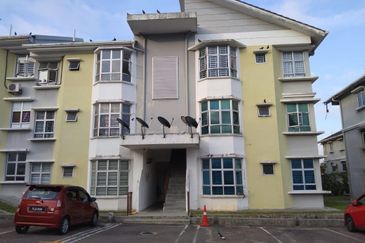
Vista Seri Alam, Bandar Baru Seri Alam
Masai, Johor
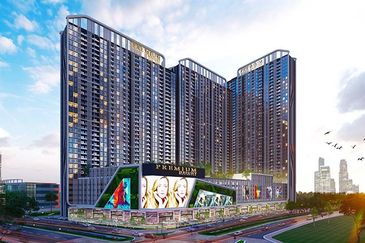
Premium Height @ Bandar Dato Onn
Johor Bahru, Johor
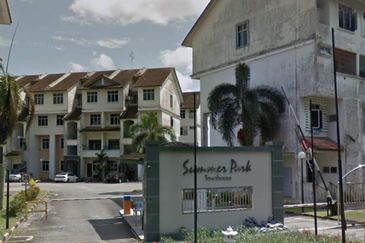
Summer Park Townhouse (Pangsapuri Alam Jaya), Bandar Baru Seri Alam
Masai, Johor

Bandar Baru Permas Jaya
Permas Jaya/Senibong, Johor
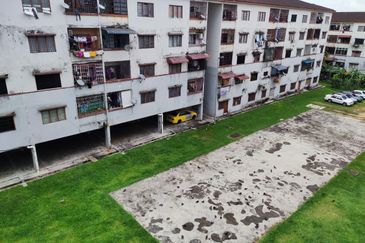
Flat Tasek 64, Bandar Baru Seri Alam
Masai, Johor
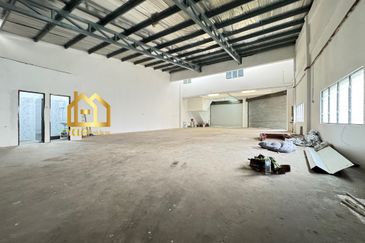
Subang Hi-tech Industrial Park
Subang Jaya, Selangor

Taman Teknologi Tinggi Subang
Shah Alam, Selangor

The Park Sky Residence
Bukit Jalil, Kuala Lumpur


